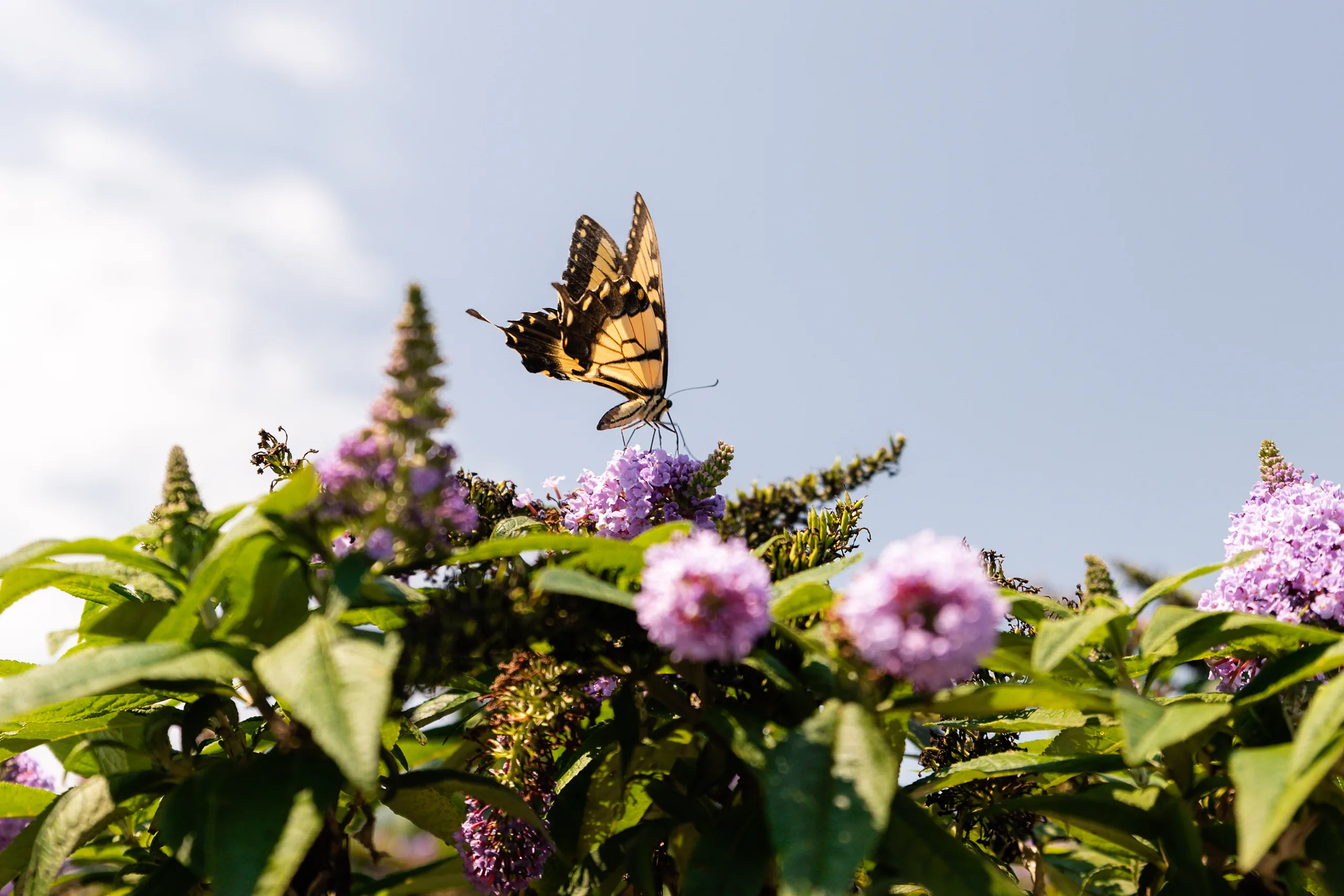
Written by s • Are the Pests & Diseases on My Plants Serious?
We live in an time when life has become medicalized. Despite living longer and more healthy lives than any human beings who came before us, we are intensely focused on the dangers of disease. The Covid pandemic powerfully intensified that focus. Many of us see every ache or slight pain as the first signal of impending disaster, even though it is very much more likely they are passing, ultimately harmless, situations.
At the same time our appearances are under intense scrutiny, and our homes too. Everything about ourselves and our homes must by appropriate for a magazine, or at least Instagram ready. All blemishes removed, and not a trace of dust or dirt anywhere, and we are ready to face the world – without that we must hide in shame.
This focus on health and appearance is transferred by an increasing number of people onto the plants in their gardens. A single hole in a leaf signals the immediate destruction of the plant by unseen forces. A spot on a leaf means the plant is doomed, and will soon die. An internet of images instantly at everyone’s finger tips makes us all plant disease specialists. This syndrome of ‘Horticultural Hypochondria’ hasn’t made it into the textbooks yet, but I am all ready to put the plaque outside my front door, advertising myself as a therapist for it.
Just like us, though, most of the issues we see on plants are minor, and largely cosmetic. Yes, of course there are many truly-serious plant pests and diseases that will indeed kill or seriously damage your plants. But just as with us, most of the time the things we see are harmless, and indeed, part of the natural environment the plant lives in – the garden ecosystem.
So let’s take a look at some of the most common things you might see in your garden, and decide just how much attention you need to pay to them, and some simple, non-chemical controls to minimize their impact on the appearance of your plants, and even to reduce their prevalence over time.
Some Common Plant Pests that aren’t Going to Destroy Your Garden
Aphids
These little guys are a good example of a pest that is very common, does have some impact on the look of your plants, but certainly isn’t going to kill them or even seriously harm them.
Aphids are easily overlooked, because they are so small. They come in different colors, from green (often called ‘greenflies’) to black, brown, orange or red. Most are smooth and shiny, with obvious legs, but some wear shaggy white coats, which makes them look very different. They live by sucking sap from the plant and are typically seen on tender new shoots. Look closely at a cluster of them and you might see that some have wings and some don’t. The winged forms can move to new plants. If there are a lot on new growth they can deform the growth, making it twisted and curled. They also, sometimes, transmit serious viral diseases from one plant to another. So although they won’t kill your plants, in some situations they can cause enough damage to justify trying to get rid of them.
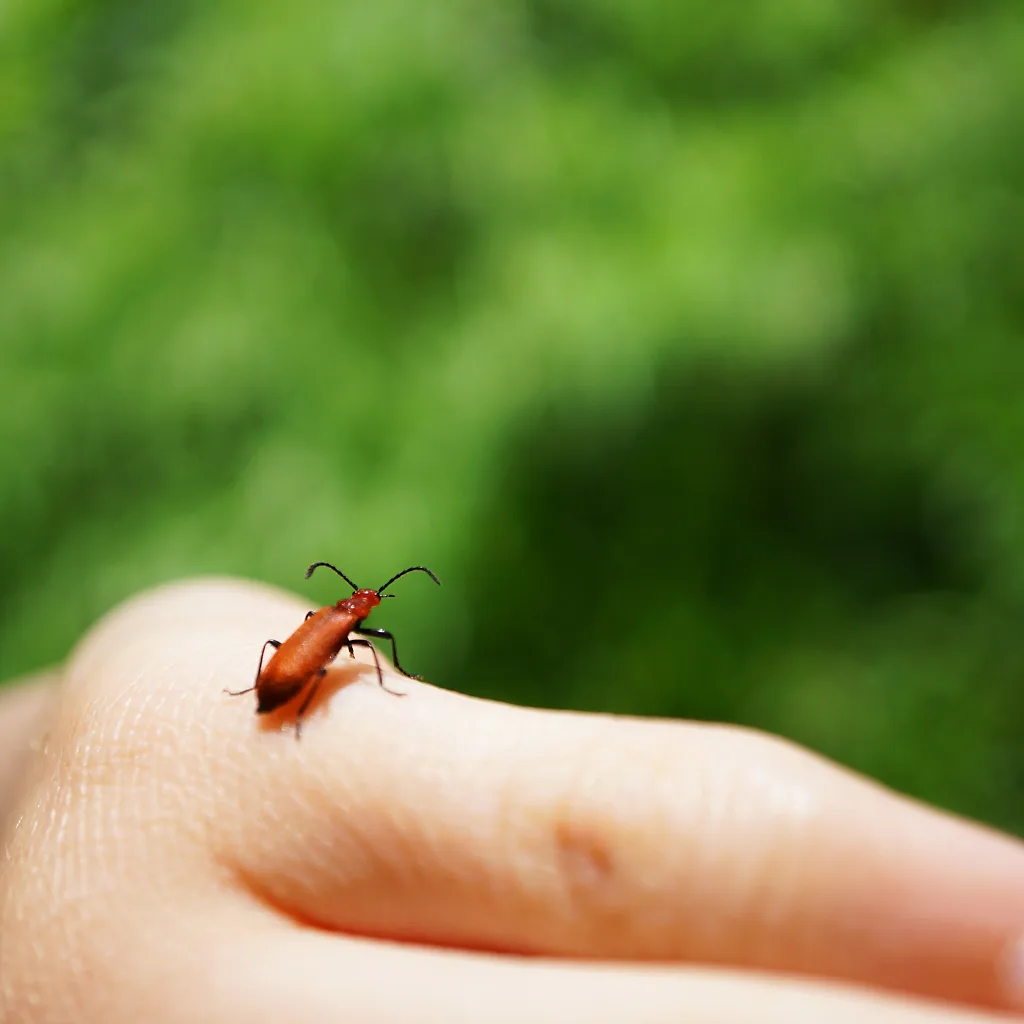
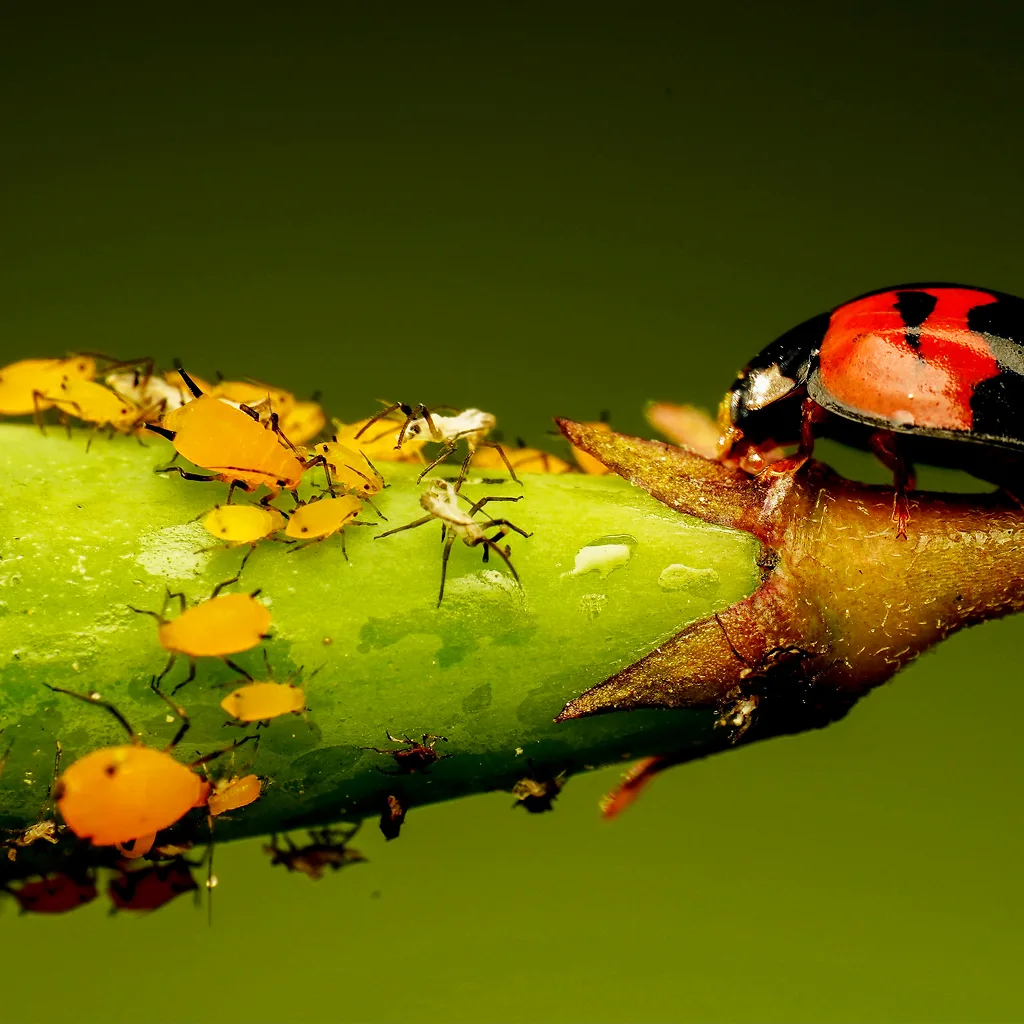
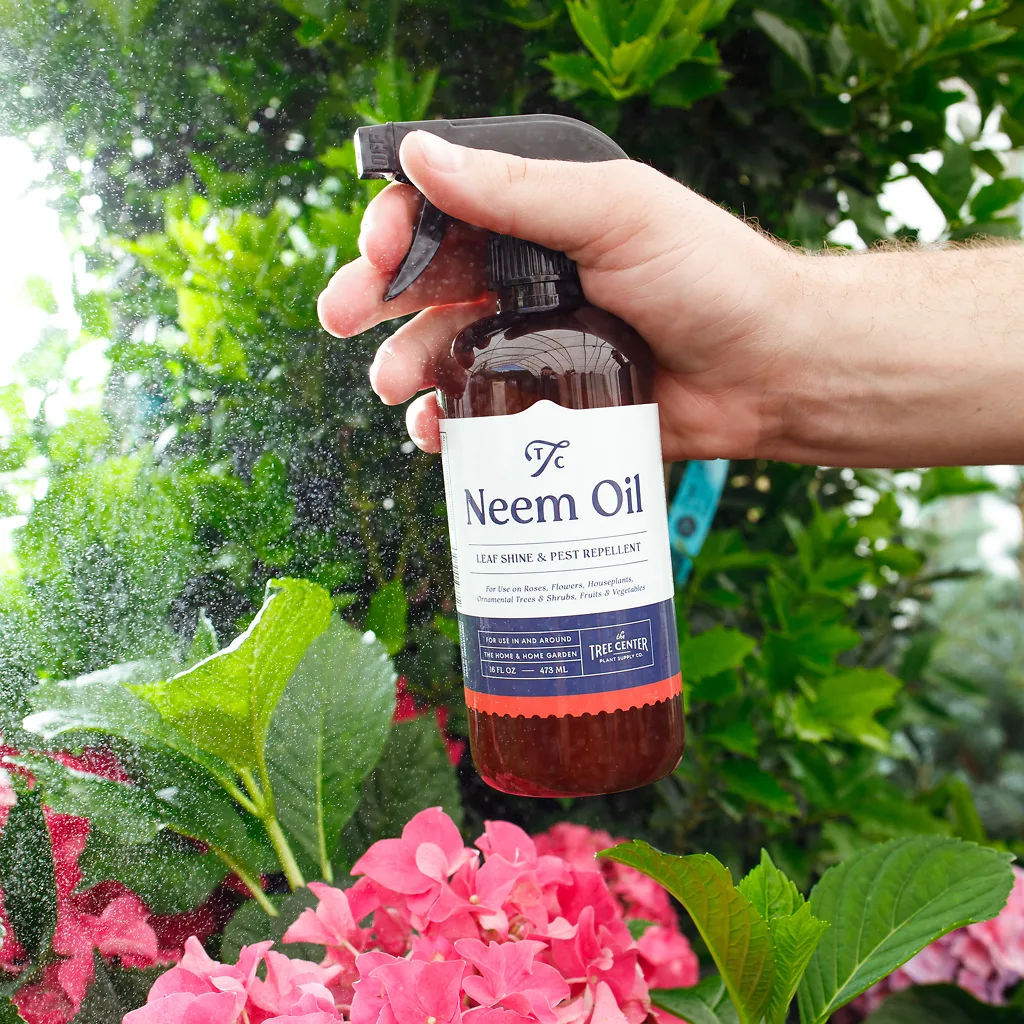
It is best to avoid using chemical controls of any kind, because most chemicals will also kill insects like ladybugs and lacewings, who live on aphids, and help to stop them growing into big infestations. Luckily there are three simple controls you can use. They won’t eliminate aphids, but they will keep their numbers low enough to stop them doing any serious damage, and they won’t affect beneficial insects or bees.
The first is the good old finger. Learn to be vigilant, and keep a close eye on your plants – visit them every day if you can. If you see just a few aphids, they have soft bodies and can easily you removed by wiping the area with a finger or two. Yuk! Hey, that’s what Kleenex was invented for.
Second is a jet of water from the hose. On more robust plants, like shrubs and even roses, set your hose to spray and simply wash them away. Actually, rainfall and storms are a natural way of controlling aphids too. On more delicate plants, you a sprayer set to a more intense spray, and not to mist. A drop of dish liquid in the sprayer will make it more effective.
Third is Neem Oil. This natural substance is an oil that comes from pressing the seeds of the Neem tree, a tropical tree originally from India. It’s a great all-purpose plant protector, that both repels pests with it’s slightly unpleasant smell, and kills them when they eat it. Luckily predators aren’t eating the plant, so they are hardly affected at all. It doesn’t do much to hard-shelled insects either, so adult ladybugs are fine, and it doesn’t seem to affect bees either. Don’t spray it everywhere, just where you see groups of aphids.
Caterpillars
Yes, if you grow cabbage-family plants, caterpillars can almost destroy your crop, and yes, in the garden they can sometimes destroy a very small plant. But most caterpillars just eat a little on a large plant, and the plant can easily spare a few leaves. Plus, these are the baby-stages of butterflies and moths, sometimes rare native species, so the ideal is to just let them be. So seeing a few caterpillars isn’t really The Invasion of the Zombie Plant Murderers, (but that is now showing at your local drive in).
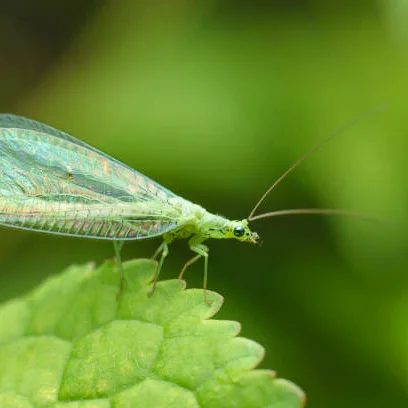
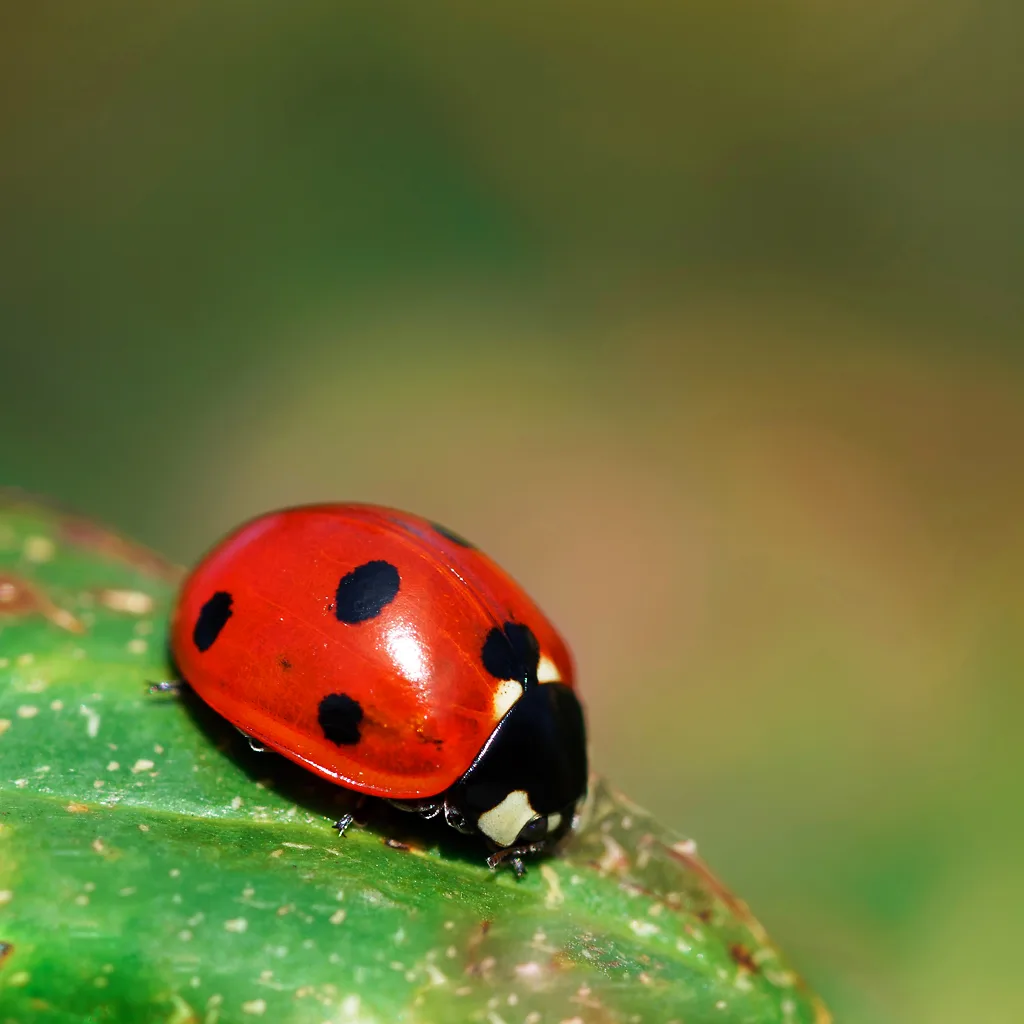
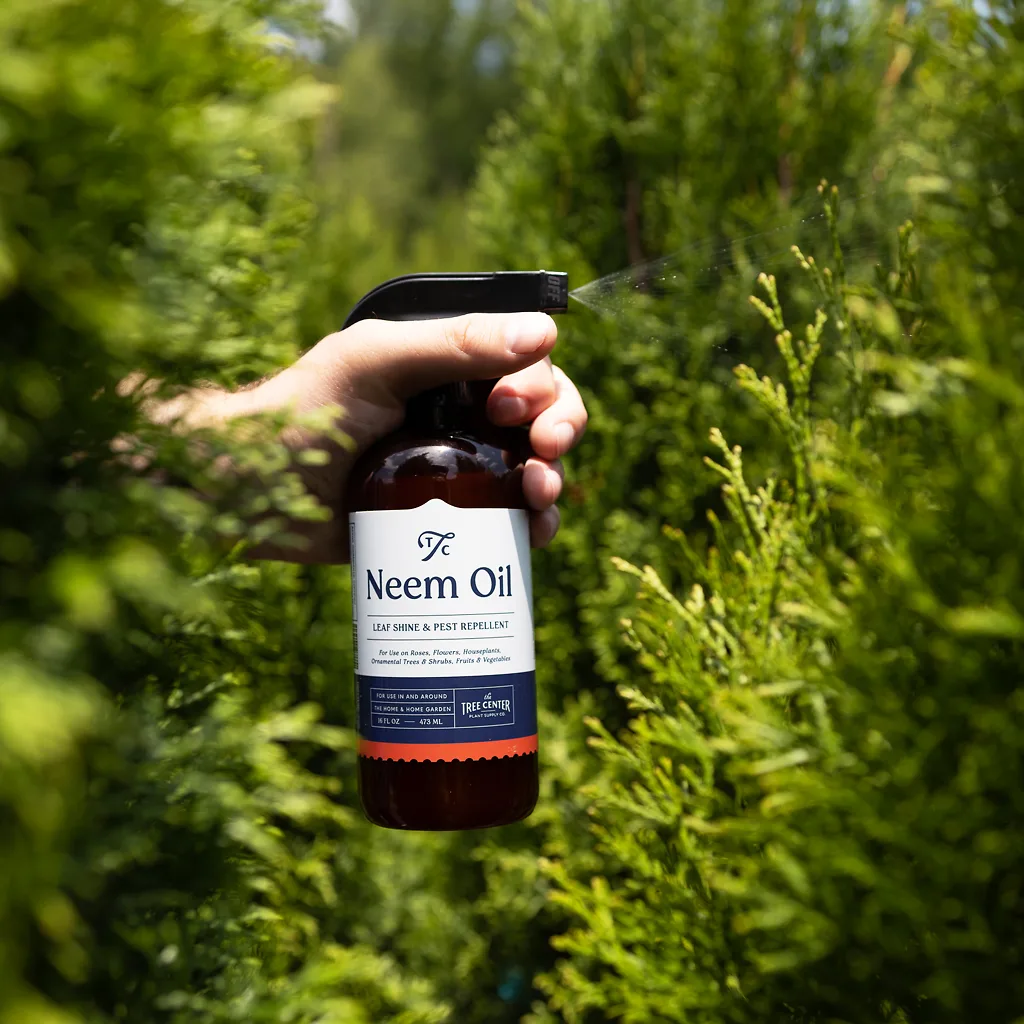
Lacewings and Ladybugs, both adult (left) and larvae, eat aphids for breakfast, lunch and dinner
Caterpillars are also easily controlled simply by picking them off with your hands. If you don’t like the ‘squishing’ part, just drop them into a container of hot soapy water and they are dead. So if you have more than a few on a plant, the simplest thing is just to pick them off to reduce the amount of damage. If they are small and abundant, Neem Oil should take care of them.
Some Plant Diseases that Aren’t an Outbreak of the Plague
Yes, of course there are some serious plant-destroying diseases our there – ask any elderly person about the elm trees that used to grow on their street – until Dutch Elm Disease destroyed millions of them across the country. And yes, learning to recognize the signs of serious diseases is something a good gardener needs to know. Mostly, serious diseases are linked to specific groups of plants, so recognizing them means linking what the plant is with the visual characteristics of the disease. So I am not minimizing the presence of dangerous diseases (or harmful insects either).
BUT. Just as a cough isn’t usually lung cancer, leaf spots are usually just leaf spots, not emblems of doom. Particularly as the growing season goes on, the perfect growth of spring turns into the blemished look of late summer. By then, though, plants have done most of their growing, and stored what they need for the next spring, so their leaves aren’t as important to them anymore.
Powdery Mildew
This fungal disease is one of the most common problem on many shrubs and bushes. Lilac trees, for example, almost always get it to some degree every year. Luckily it is easy to recognize, and not likely to be confused with anything more serious. If you see a white or gray powder on the leaves, and maybe they look a little puckered, that’s powdery mildew. This is a disease that loves hot, humid weather, which is why it usually only arrives after mid-summer.
Mostly you can ignore this diseases – it isn’t hurting anything much, especially on bigger shrubs and trees. If you have it on roses – and garden phlox are another flowering plant that easily gets it – then there is a very simple control, that has actually been shown to be at least as effective as chemicals, and often more effective.
Just reach into the fridge and take out a jug of milk – that’s the magic killer you want. Take one measure of milk (skim or full-fat, it doesn’t matter) and nine measures of water, put them into a sprayer and you are all set to become The Garden Mildew Buster. It doesn’t get rid of what is there, but it does prevent anymore from coming. (Chemical sprays don’t get rid of existing mildew either). So the trick is to be vigilant and spray on plants that are important to you as soon as you see a trace of powdery mildew. That’s your signal a bigger outbreak is heading your way. Spray generously, all over the plant, and both sides of the leaves. Once it dries there is virtually no residue to see. If it rains, spray again. There, job done, and you will be amazed at the results.
Another thing to do is to remove the dead leaves of plants that had powdery mildew separately from your general leaves. Bag up the infected leaves, put them in the trash, or burn them, but not in the compost or leaf pile. This disease – and many other leaf diseases too – come back next year from spores on old leaves. No old, diseased leaves = less infection the next year. This method is only useful if you do it in your whole garden, and if you don’t have neighbors who also have powdery mildew, but who don’t destroy their infected leaves.
Especially with roses, it is a very good idea to take up their leaves in fall and destroy them. Overwintering leaves are also the way the rose diseases black spot and rust spread, so you are really controlling a lot of potential problems. Also, look for roses that are resistant to diseases – breeders have done a lot to make rose that are strong and don’t get these problems much or at all.
Tar Spot of Maple
For quite a few years a disease that used to be rare has become much more common. This is tar spot of maple, and since it can look quite alarming, I am mentioning it specifically because this too is a harmless disease, that might look dangerous, but isn’t. It’s easy to recognize – big black blotches on most maples, but it’s especially common on Norway, silver and red maples.
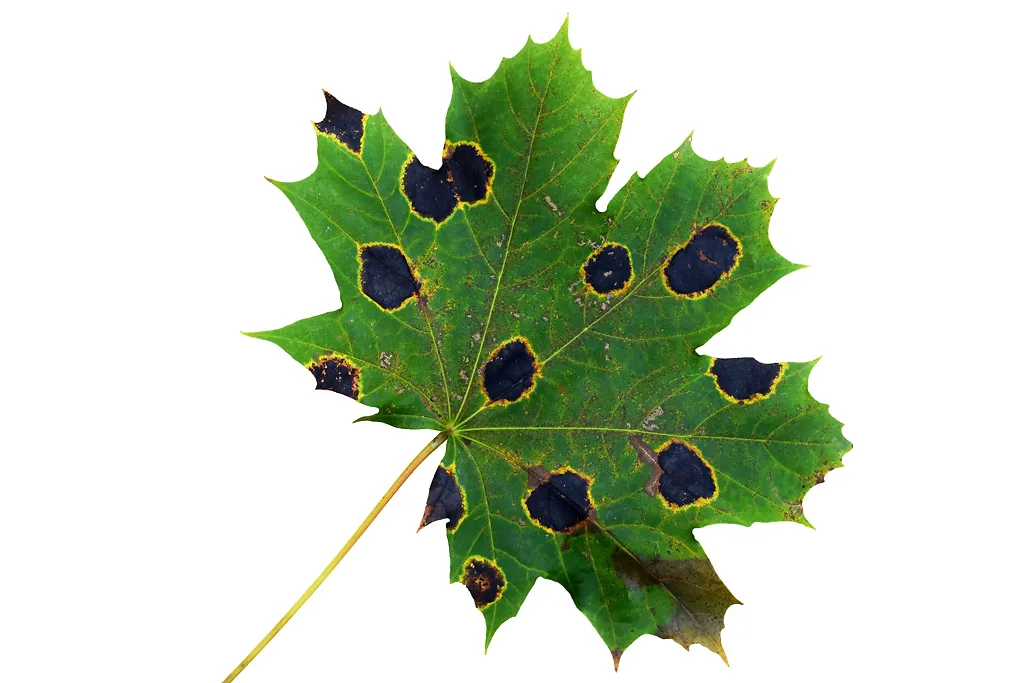
Yep, that’s a pretty scary looking disease, but it’s actually completely harmless. How much you get varies from year to year, but hot summers seem to make it more common and widespread. The only control is to destroy the leaves in fall, because it too comes back each year from old dead leaves. If you have big trees though, or a lot of trees in your neighborhood have it, the work of trying to destroy yours is probably not worthwhile. You won’t get them all, and even if you do it will just release its spores nearby and they will be carried by the wind to your trees. So like wrinkles as you get older, just learn to ignore it – it’s late summer anyway, and time to look forward to beautiful fresh, clean leaves next spring. The tree certainly doesn’t seem to care at all.
Wabi Sabi in the Garden
The lesson from these pests and diseases is that they don’t mean The End of Civilization As We Know It. In truth, not much does. The Japanese, a people whose country has been ravaged by earthquakes and natural disasters since day #1, have a word (actually two words) for how to deal with seeing your garden with its harmless but unsightly pests and damaged leaves. The talk about Wabi Sabi, the appreciation of the imperfections of life, and the passing nature of all things. The cherry blossoms are beautiful, but they soon fall. Let’s enjoy them while they are here. The leaves may be damaged, but that is just a mark of the seasons passing. The cycle will bring them back next year fresh and restored.
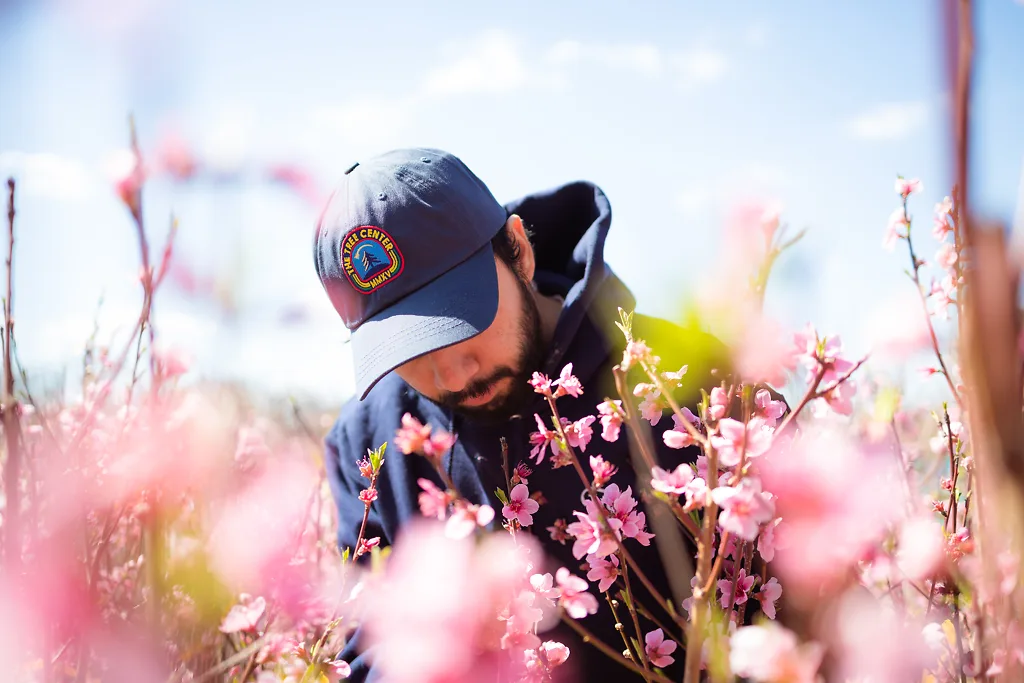
If we could all practice Wabi Sabi in our gardens, and only worry about things worth worrying about, wouldn’t gardening be much more fun and more relaxing? You know it would be – give it a try.





